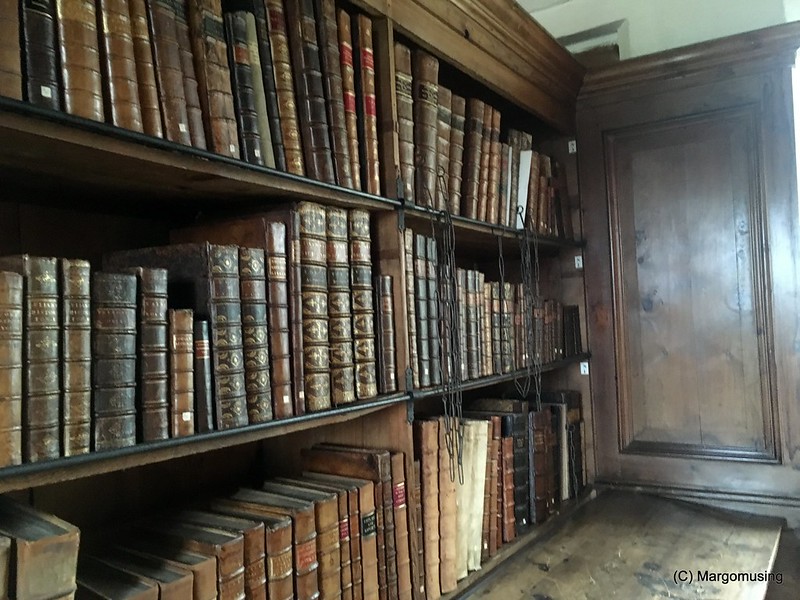(This is a continuation of the Montreal Reading List, part 1).
In the last installment, I was using Mona Awad’s Reading List as a starting point for my own. So far, most of the authors and books mentioned were from the 1940s-1960s, and described the Montreal of those periods and earlier. But before I jump into the more recent authors, this installment will mostly remain in the past. At a minimum, we need to visit a quintessential Montreal anglophone, as well as another writer on Jewish life in Montreal, both of whom were left out of Awad’s list entirely.
That first author is Hugh MacLennan. He’s most famous for Two Solitudes, a sprawling story from 1945 that takes on the cultural differences between the English and French of Quebec, from the perspective of a character with roots in both. It did such a good job that the title has become a sort of shorthand for the frictions between the two communities. Interestingly, anglophone MacLennan seems most sympathetic to the francophones, but gives a fairly even-handed depiction of both. Another book that spans historical eras is The Watch that Ends the Night from 1954: a sort of anti-romance which takes place in postwar Montreal with flashes back to the 1930s. It has a complex love triangle, politics, and social commentary. MacLennan weaves beautiful descriptions of Montreal, Quebec, and the weather while creating believable (and often frustrating) characters. Today, some consider MacLennon passé, a relic of an outmoded literary era, but I enjoyed these books.
Earth and High Heaven, by Gwethalyn Graham is another novel from the 40s about divided social groups: in this case, it tells of the relationship between a Erica, wealthy Protestant woman, and Marc, a less established Jewish man. It divides Montreal into thirds instead of halves: the Canadian English, the French Catholics, and the Jews. Graham (a friend of MacLennan) was of the first group, but outspoken in her opposition to antisemitism and anti-French discrimination, and her passion shines through. The novel is a fierce protest against the prejudices each group faces, and also brings in strong feminist themes. The only unfortunate aspect is that Marc is only faintly Jewish; it seems most of his character traits originate more from being middle-class than from his religion.
The last book for this installment is a book of shorts stories that range from the rum-running days of the 20s into the motorcycle gang dominated 80s. This is Montréal Noir, edited by John McFetridge and Jacques Filippi. It contains fifteen crime-related stories (not all of which I’d characterize as “noir”) set in the streets of Montreal. Again, half the fun of this book is the settings of the stories in and around the neighborhoods I know, and learning that (supposedly) a place with bricked-in lower windows not far from here was once a notorious brothel or that a nearby intersection was the scene of a famous biker gang riot. The stories are pretty grim, though, and tend to be quite violent.
In my next installment, we’ll go back to Awad’s list and talk about more recent works.

